The most important indicator of the success of a training program is found in the outcomes of the graduates upon completion of their training. Nationwide, there continues to be a strong need for medical physicists. Individuals graduating from this program have successfully found employment opportunities, often in junior faculty or clinical positions at prominent institutions around the country. We also recruit many of our graduates into Mayo Clinic practices in Minnesota, Arizona, and Florida. Over a third of our faculty are residency program graduates.
The AAPM regards board certification in the appropriate medical subfield as the appropriate qualification for the designation of Qualified Medical Physicist. The certifying body for medical physicists in the U.S. is the American Board of Radiology (ABR), and all graduates in the last decade either have board certification or are on track to obtaining it.
To learn about where alumni of the Clinical Medical Physics Residency currently work, explore the map at the bottom of this page.
Learn what some of our graduates have to say about their experience in the program.
/prod01/channel_2/media/mccms/content-assets/academics/residencies-and-fellowships/radiation-oncology-clinical-medical-physics-res-mn/residents/rad-onc-clin-med-phy-res-mn-1024X512-WF6258000-0003.png)
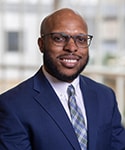

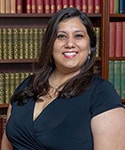
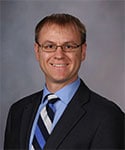
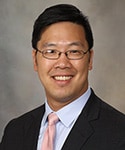
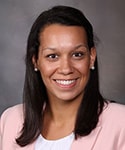
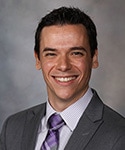
/prod01/channel_2/media/mccms/content-assets/academics/residencies-and-fellowships/choosing-mayo-clinic/size-720X480_gradution-alumni-3392011--0335.jpg)